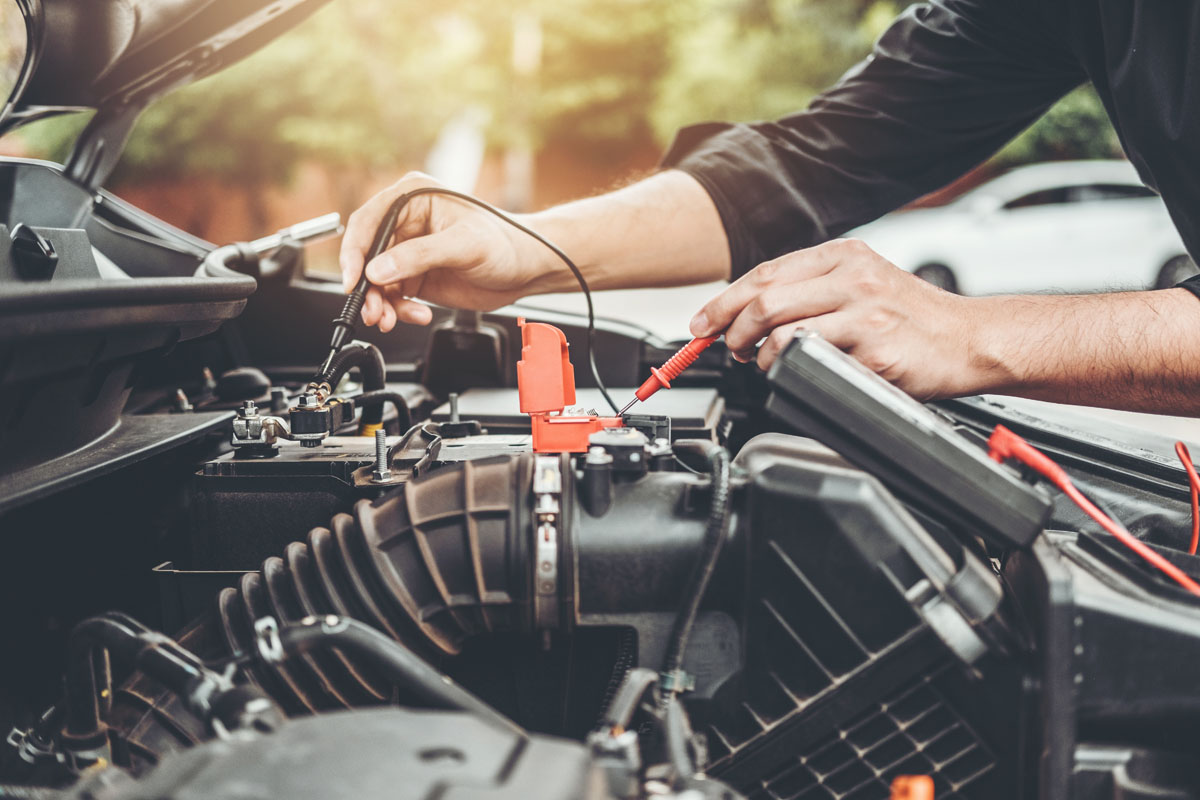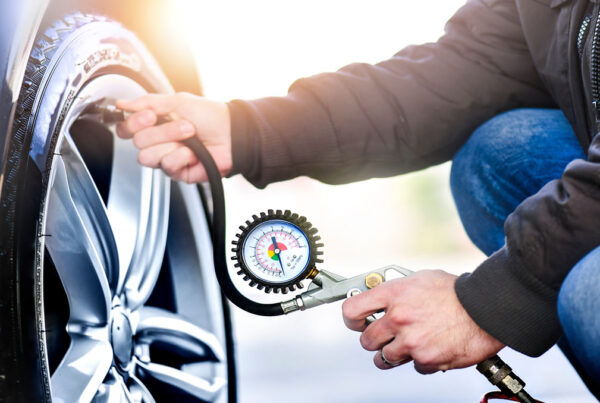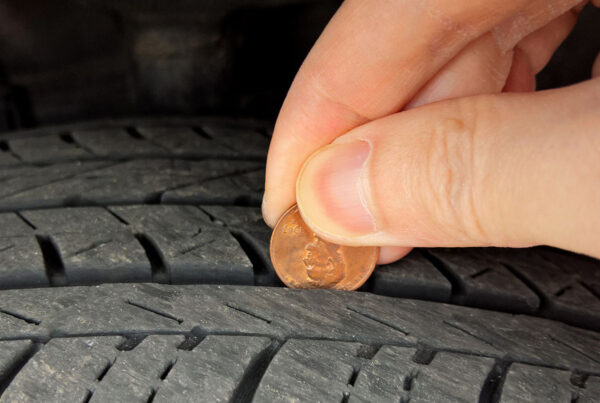Jumper cables or jump boxes can be lifesavers when your car battery dies unexpectedly, but they should never replace a fully charged and healthy battery. Jump-starting is meant to be a temporary fix, not a long-term solution. If your battery is completely drained, a jump-start may not be enough to keep your vehicle running, and repeatedly relying on this method can cause long-term damage.
Risks of Frequent Jump-Starting
Using jumper cables improperly—such as reversing the polarity—can lead to serious electrical issues, potentially damaging the alternator, battery, and other critical electronics in your vehicle. Additionally, continuously jump-starting a failing battery puts extra strain on the alternator, which is designed to maintain the charge, not to recharge a completely dead battery.
What to Do After a Jump-Start
If you need to jump-start your car, it’s essential to recharge the battery fully as soon as possible. Some drivers believe that driving for an extended period after a jump will recharge the battery, but this is not always effective, especially if the battery is already weak or near the end of its lifespan. Instead, using a dedicated battery charger is a safer and more efficient way to restore a full charge.
When to Replace Your Battery
Most car batteries last between three to five years. If your battery is more than four years old and frequently requires jump-starting, it may be time for a replacement. Other signs of a failing battery include slow engine cranking, dim headlights, and trouble starting in cold weather.
If you’re experiencing battery issues, request an appointment at Lee’s Tire Service for professional testing, repair, or replacement. A reliable battery keeps your vehicle running smoothly—don’t wait until you’re stranded to take action!





